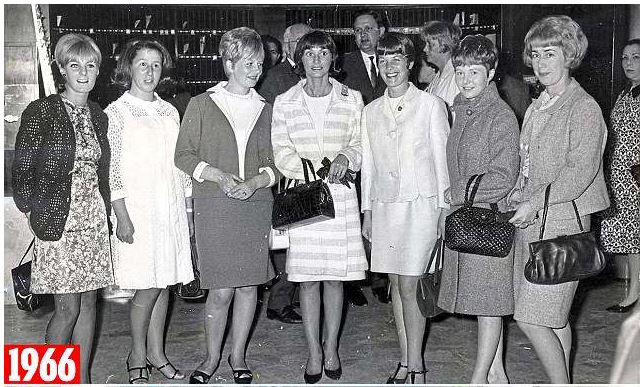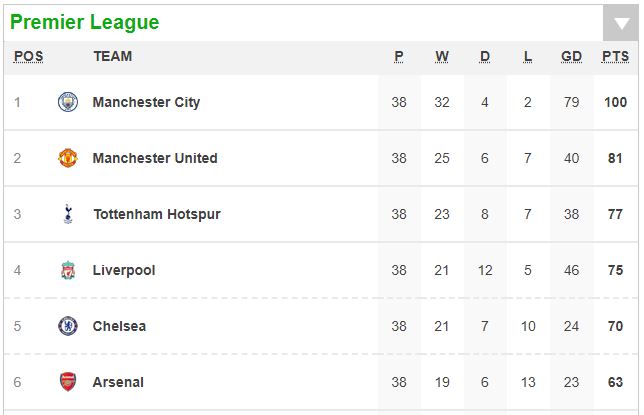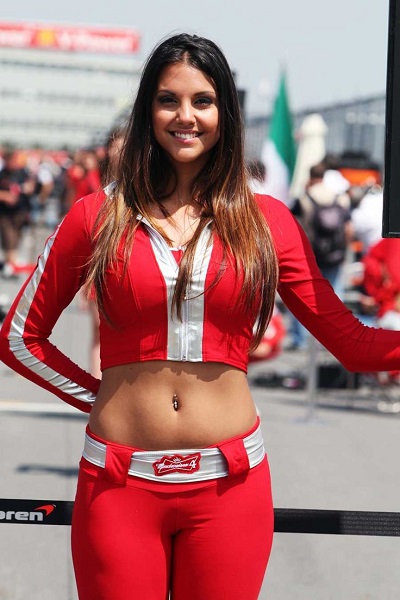(First Printed in July 2007)
No, that’s not the name of the firm where your ex-wife’s lawyer works: it’s the dreaded Carnoustie, home of this year’s Open Golf Championship in Britain.
Now, for all those Philistines who are going to moan about boring golf and “a good walk spoiled” and all that jive, save your comments and your time, because I’m going to ignore your bleats.
There is golf as we normally see it on TV, played on immaculate fairways which resemble fine carpet and greens which resemble beds of moss, and in weather which is sunny and warm.
And then there is Carnoustie.
It is a vile, fearful and awful place: way in the north of Scotland, right next to the cold and dreary North Sea, it’s the northernmost course of all those which host The Open. So Carnoustie can and does provide the foulest weather imaginable — freezing winds, icy drizzle, leaden skies — and all that’s before you hit your first ball off the tee, whereupon your troubles really begin.
Because the Scots are terrible liars, almost all pictures of Carnoustie show a benign, sunny place with smiling, happy golfers playing off the fairways. But the closest picture I’ve seen to the horrible reality of Carnoustie is this picture, even though showing balmy skies and no hint of a breeze (which conditions were last reported for a two-hour period back in 1845):

Note the foul bushes, deep rough and ubiquitous bunkers. Now add the aforementioned freezing winds and icy drizzle. Here’s another pic (note the clouds):

And here’s a more representative one (note the coats):

Someone once said of Carnoustie that it’s a course which will remind you of the Old Testament God — the vengeful, capricious and spiteful God — and not the warm, loving and gentle God of the New Testament with all that kindness and forgiveness nonsense.
Carnoustie just wants to be left alone; therefore, it hates golfers, forgives nothing, and seems to delight in punishing golfers past all endurance. One does not play Carnoustie, one attempts to survive it.
Which is why I love to watch The Open when it is played here: those confident, masterful golfers who stride around the typically comfortable and forgiving U.S. PGA courses while they plot how to get 12 birdies over the last 13 holes; those same golfers are all humbled here, and are reminded that their skills are pitiful and inadequate as they scramble to salvage pride with a bogey, and consider a par score as remarkable. Yes, I confess to feeling a profound sense of schadenfreude as I watch those sleek millionaires with their private jets and corporate sponsorships hacking around in the thick bushes and heather like just so many weekend golfers, looking forlornly for a ball which seemed perfectly struck off the tee or fairway, but which was plucked away by a sudden malicious wind and thrown carelessly into one of the countless unplayable lies which fill Carnoustie like so many minefields.
And that’s the rough. In the fairways and around the greens are deep, unplayable pot-hole bunkers (paradoxically the only places on the course where you don’t feel the wind cutting through your clothing); and of course, there’s also the Barry Burn, an innocuous name for a treacherous, icy little creek which meanders through part of the course and lies in wait for a ball struck too hard, too soft, or, maddeningly, just right. (Sometimes a “good” bounce is not what you want…)

The fairways are narrow, which means that every shot off the tee requires a superhuman effort to combine a reading of the gusting winds off the sea with perfect execution of the shot itself. (In shooter’s terms, you need to be a golfing sniper to succeed here — shotgunners pay a fearful price.)
The winning aggregate score in 1999 was six over par*. The course measured just over 5,340 yards back then; it now measures close to 7,400 yards. Nearly a mile-and-a-half more of added torture awaits this year’s crop of human sacrifices qualifiers, and as we all know, the harder you have to hit the ball, the less precise the shot is likely to be.
And Carnoustie’s legendary rough awaits…

The Open is hardly ever played here, I suppose because the Royal & Ancient wants to show a little pity towards professional golfers. If it were up to me, Carnoustie would host The Open every two years, just to keep everyone humble.
The common argument leveled against golf on TV is that it’s boring. That is never true of Carnoustie. This is not golf: this is a fight for survival, and only the toughest of the tough will survive the tournament.
The Open starts on Thursday July 19, one week from today. I can’t wait.
* In 2007, the winning score was 11-under, mainly because over the four days of the tournament there was not a drop of rain and the wind was but a gentle breeze. That won’t happen again. The 1999 score and conditions were far more in keeping with the spirit of Carnoustie. We can but hope that Global Warming holds off for a week or two…













 …while F1 has banned grid girls.
…while F1 has banned grid girls.